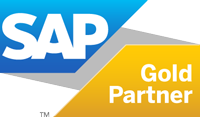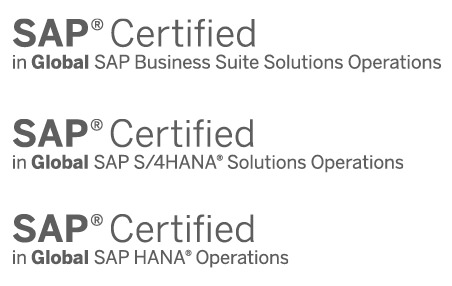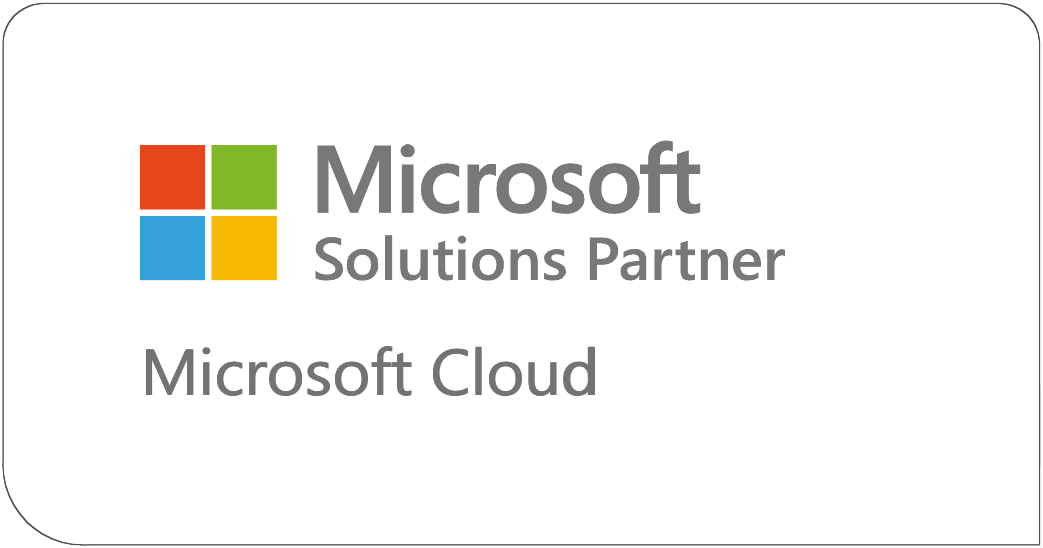Synsights lets companies bring together machine data from a variety of sources on a single IIoT platform, for central monitoring and control, simply in the form of a Software as a Service package. Syntax creates the overview using technologies including digital twin, creating a map of machines and components at master-data level and replicating the entire asset structure. This means that information such as manufacturing date and deployment location can be accessed along with images, drawings, servicing instructions and other documents.
In addition, Synsights IIoT platform can be customised according to the company’s specific requirements. The options include the ability to consolidate information in order to improve the presentation. In addition, live operational data such as information on running characteristics, power consumption, temperature and wear and tear can be presented, analysed and used to trigger specific actions through a configurable rule engine, in order to generate alerts for example.
IIoT Platform for Every Purpose
The Synsights is suitable for use in many different areas.

Digital Factory
Companies can use Synsights to keep an eye on their own plant and machinery in one central location, ensuring smooth-running production processes and greater profitability.
New business and revenue models
Machine manufacturers are able to grant their customers access to the IIoT platform and offer new services through it. This includes, for example, the use of operational and service data as an additional source of revenue, or to increase customer retention.
New service models
Manufacturers can use Synsights to transmit operational data to external field-service providers as the basis for technical support and customer service. This allows technicians and engineers to view the digital twin before travelling to service or repair the machine, and to take any spare parts they might need with them.
Closed-loop scenarios
The findings generated using Synsights can be integrated directly with existing SAP business processes. For example, if Synsights detects a potential machine defect, an automatic request is generated in SAP with the relevant error description.
Benefits of the Syntax IIoT Portal
The Syntax IIoT Portal helps industrial enterprises exploit the industrial IoT for themselves, and strengthen their position in the market through digitalisation.

Quality management
Improve monitoring and management of production and logistics processes to achieve higher quality

Cost efficiency
Increase performance and operating times for machines and equipment, for greater productivity and profitability

Value-added services
New business and revenue models based on additional digital after-market services

Optimised maintenance
Reduce costs and optimise availability with predictive maintenance to improve servicing and repairs
FAQ: Synsights IIoT Platform
How can I extract relevant data from my machines?
The planning that has to be done before connecting up production machinery is as specific as the machinery landscape itself. A well-trained eye is needed when it comes to selecting the suitable components and tools such as the gateway infrastructure, sensors and the right middleware for development of edge applications. There are four fundamental connection methods:
- Modern machines (MQTT or OPC UA interfaces). The machines are connected via cloud providers’ protocols.
- Machines with a programmable logic controller (PLC) that can be connected using proprietary protocols. In general, this involves the use of middleware with appropriate drivers.
- Older machines that do not have a PLC, to which external sensors must be attached. The external sensors can also be installed for machine types a) and b).
- Customer-specific installations. If no standard solution exists, specific local connection systems must be developed for each customer.
Generally, a business will have machines that fall into at least two and perhaps all of these connection scenarios. Therefore, IT managers rely on a partner who understands all of the situations and can offer the appropriate services in a single bundle.
How long do I need to wait until I can forecast my machines’ servicing requirements?
Typically, it takes between two and twelve months before meaningful findings can be derived, but the answer to this question depends on several factors:
- The degree of machine connectivity: This could range from “almost fully networked” to “not connected at all”. The greater the level of connectivity in the plant, the more data the machines are able to provide as a basis for more accurate forecasts.
- The type of data collected: Does the data consist of operational information, or additional details such as process and machine data? The data that is relevant for the forecast will vary from case to case and is determined jointly by process experts and data scientists.
- The quality and quantity of data: You need to collect and use a sufficient amount of data of an appropriately high quality in order to obtain meaningful insights as a basis for reliable forecasts.
What is the procedure for introducing predictive maintenance?
Often, you do not necessarily need a direct connection to the cloud in order to create the appropriate machine-learning models; first you just have to collect data on the shop floor. At the same time, it is recommended to carry out projects to connect up different types of machine so that you can convey live data from the shop floor to the cloud.
The next step is to transfer the models to where the analysis will be done – on-premises or in the cloud – and link them to the live data stream in order to start forecasting. The key stage comes at the end: the findings obtained about impending machine failures are integrated with existing business processes and transferred to systems such as SAP ERP/MES.


